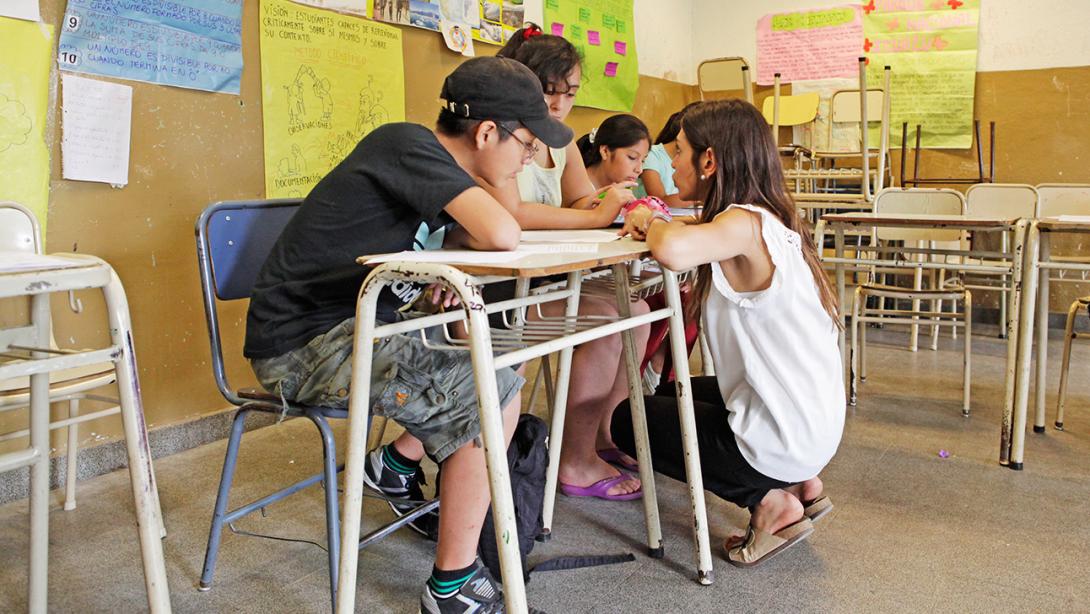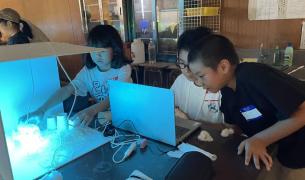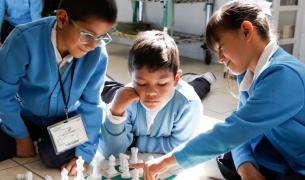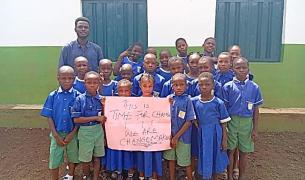To Equalize Education, Schools Must Embrace Diversity

A few weeks ago, the President of Argentina stated in a public speech that Argentines descended from ships, Brazilians from the jungle, and Mexicans from the Indians. Of course, social media posts spiked up, meme creators could not get enough, and journalists of all political stripes seized the opportunity to make their own case. Beyond the multiple ways in which the episode can be analyzed, and the claims, indignations, and bigotry it provoked, I think it is a great wake-up call to put the focus on all those myths that we create and believe about ourselves, to critically interrogate the set of symbols, ideas, and stories that tell us who we were and who we are in order to review, from there, how appropriate they are for us in the present and, above all, how much they fit with what we really want to be.
The president's comments are based on a myth of national origin that begins with European immigrants arriving in ships to a practically deserted territory. According to this national narrative, the social fracturing of Argentina took place not when the first settlers arrived in the 1500s, but at the beginning of the 20th century with the arrival of Europeans of multiple nationalities, speaking many different languages. In response to their difficult coexistence, the Argentine myth tells us that the children of these immigrants were rapidly homogenized thanks to compulsory schooling. The result: a coherent, cohesive, white, and rich society.
Recently, while I was teaching a class in a high school, one of my students told me that it was very difficult to agree with others and that everything would be easier if we all thought alike. Undoubtedly collective myths gain strength in that sentiment—it is easier to believe that we are all the same because we learned the same stories and it is tempting to think that those shared rituals will make us think the same way and thus pave the way for coexistence. But we are not the same, we are a diverse society: in terms of gender, sexual orientation, nationalities, religion, background. Unfortunately, this diversity is not always seen, much less addressed, and this has a very high cost in the long term, both individually and collectively.
The ideas we invent and perpetuate about ourselves are revealing for what they hide: a myriad of identities systematically made invisible. In this scenario, school should be the place that teaches us to celebrate diversity for its enriching power, that allows us to see that if we all fit into a few categories—if we thought and were the same—life would be very insubstantial, and that is it is essential to recognize the identity of each and every one in order to forge from there stronger and more genuine community ties.
The protagonists of Argentina’s national myth are the immigrant children who progress and thrive thanks to the benefits of public education. And yet, last week another student told me that she didn't want to study anymore, and when I asked her why she answered that she was poor, and that school is not for the poor. At the end of the true story of Argentina, like that of many countries, compulsory education equalizes only in appearance, while in substance it reproduces the inequities of a system that for many has long ago stopped working. In this context, embracing diversity is recognizing the need to level the playing field, to equalize opportunities, to stop hiding behind a national flag that only a privileged few can raise.
The first step to building a fairer society is to develop a more complex and comprehensive view of ourselves. In this sense, the more schools embrace diversity, and the more they allow us to find ourselves in difference, the better prepared we will be to live together.



